Ansel Adams once famously said: “Twelve significant photographs in any one year is a good crop.” Of course, Adams was shooting with an old fashioned large format film camera; in this age of fast-paced digital technology, I think we can all do at least slightly better than twelve good photos a year!
In 2016, I photographed on four continents and in eight countries. I saw many amazing things, and took many thousands of photographs. In honor of the passing of the year, I’ve forced myself to pick my sixteen favorite photos from 2016.
Check them out in the video below, or scroll down to learn more about each photo.
“Descent into Mordor”— Virunga National Park, Congo
I spent six hours hiking to the top of Nyiragongo Volcano to photograph its active lava lake at night. Looking down at the lava lake from the crater rim above, I zoomed out to 11mm, reducing the lake to just a small part of the overall composition. The contrast between the bright lava in the lake and rest of the scene was extreme, so I blended two exposures together to increase my dynamic range. What an adventure!
Related: Trip Report: Nyiragongo Volcano, Virunga National Park, Congo
“Envious Earth”—Badlands National Park, USA
The clay formations of Badlands National Park fascinate me. After a heavy rain, deep erosion patterns were scoured into the cracked mud landscape. I got low and close with a wide-angle lens to emphasize the patterns, making them a prominent part of my composition. My ultra-wide perspective allowed me to also capture the expansive and beautiful sunset sky above.
Related: Ultra-Wide Landscape Photography Bundle
“The Mole Man”—Minneapolis, USA
This photo is a self-portrait of me having fun in a storm drain along the Mississippi River. You don’t need to travel to exotic locations; you can make compelling photos close to home if you let loose your curiosity and creativity!
Related: Behind the Shot: Self Portrait at Lake Superior
“Swinger”—Gunung Leuser National Park, Indonesia
This photo is of a female orangutan as she passed above me in the dense jungle canopy. I used the flash at low power (-2 flash compensation) to add just a bit of fill light.
Related:Trekking with Sumatran Orangutans in Indonesia
“The Shattered Land”—Hawai’i Volcanoes National Park, USA
I was drawn to this tortured landscape of cooled and hardened lava. I used the large zigzagging crack as my leading foreground element; steam from the heated landscape rose all around me, adding an ethereal mood to the composition. It was clear that this area had been recently formed by the lava; in fact, I might have been the first person to have walked over this new landscape.
Related: Tips for Using Foreground to Create Depth
“A View to a Kill”—Masai Mara National Reserve, Kenya

I shot this photo of a lioness at a kill while on assignment for Tamron with their new 150-600mm G2 lens. Being able to zoom in to 600mm can be very useful at times!
Related: 5 Ways to Tell a Story with Your Wildlife Photos
“Polar Express”—Arctic National Wildlife Refuge, USA
I photographed this polar bear backlit by the setting sun, intentionally underexposing the image to reveal only the rim lit fringe around the bear.
Related: Behind the Shot: Polar Bears at Arctic National Wildlife Refuge
“Vortex”—Namib-Naukluft National Park, Namibia
I was drawn to this flow of rippled sand terminating in the distance at a shadow in the dunes. The massive dunes of the Namib desert are laced with iron oxide, giving the sand a reddish-orange color.
Related: Namib-Naukluft National Park, Namibia
“Old Man of the Forest”—Gunung Leuser National Park, Indonesia
I spent a long, sweaty week trekking through the rain forest of Sumatra to photograph orangutans. Here’s a big male that I was lucky enough to get close to. I zoomed in tight for this frame filling portrait.
Related: Trekking with Sumatran Orangutans in Indonesia
“Sermons in Stones”— Pictured Rocks National Lakeshore, USA
I swam a quarter-mile with my photo equipment sealed in a dry bag to reach a series of sandstone sea caves along the coast of Lake Superior. While inside, I got pounded by incoming waves, but I held on tight to make this photo. Good times!
Related: Behind the Shot: Self Portrait at Lake Superior“Lonely is One”—Masai Mara National Reserve, Kenya
I made this portrait of a Maasai man at night. I used flash to light my subject (who had to stand very still for 30 seconds), using the long exposure to record the moonlit clouds above. I wanted a unique and compelling perspective, so I got close and went very wide.
Related: Behind the Shot: Maasai Mara“Shockwave”—Valley of Fire State Park, USA
The morning after a freak rainstorm that caused flash flooding in the desert, I got down to ground level for this reflection photo, using an ultra-wide perspective to capture the intricate patterns in the mud. Because I was only inches away, I used focus stacking—blending of multiple exposures set to different focus points—to achieve razor sharp near-far focus.
Related: Tips for Capturing Great Photos of Reflections
“80 Kilos”—Ijen Volcano, Indonesia
This is a photo of one of the miners of Ijen Volcano. These guys mine and then carry on average 80 kilograms of sulfur up to the top of the volcano crater and then all the way to the bottom of the mountain, only to head back up to do it again. This is one of the hardest jobs on the planet!
Related: Trip Report: Ijen Volcano in Indonesia
“Silverback”—Virunga National Park, Congo
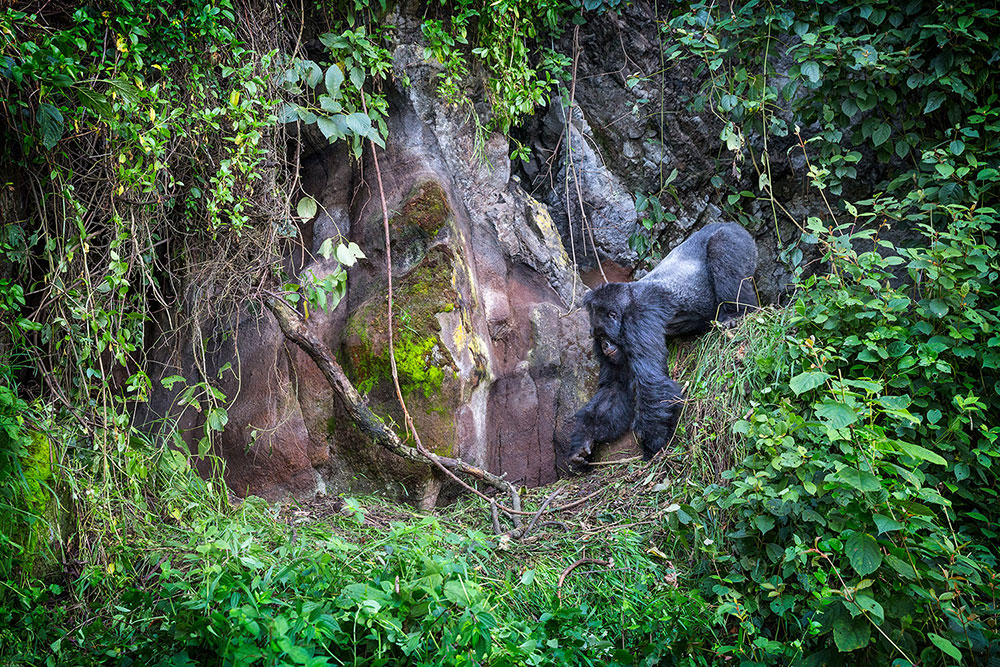
I photographed this silverback mountain gorilla as it passed beneath a rock face. I went wide to capture some of the surrounding landscape. I used manual mode so I could set both my aperture (for a little extra depth of field) and shutter speed (to freeze the action of the moving gorilla), and used auto ISO so I didn’t have to worry about the changing light.
Related: Trekking with Mountain Gorillas in Virunga National Park, Congo
“The Impossible Staircase”—Minneapolis, USA
Architecture is not something I photograph often, but when I saw this cool staircase, I couldn’t resist. This was shot from the bottom of the stairs looking up. I used an ultra-wide lens to capture the best parts of the double helix spiral. I set my white balance to retain the warm color cast caused by the artificial lights.
Related: Taking it to the Streets eBook
“Lord of the Savanna”—Masai Mara National Reserve, Kenya
I photographed this male lion at twilight, lit by a spotlight. I was quite close to the lion, so I went wide for a dramatic perspective.
Related: The Importance of Photographing Clouds for Outdoor PhotographySo, that’s it for 2016. Time to look forward to the new year. Let’s all promise to get out there more, and make 2017 our best year of photography ever!
About the author: World-renowned professional photographer and Tamron Image Master Ian Plant is a frequent contributor to a number of leading photo magazines (including Outdoor Photographer, Popular Photography, Landscape Photography, and others). You can see more of his work at www.ianplant.com.
Have something to add to the story? Leave a comment or email editor@outdoorphotographyguide.com.

Share tips, start a discussion or ask one of our experts or other students a question.
Already a member? Sign in
2 Responses to “The Year in Review: Best Photos of 2016”
Premium Membership
Unlock exclusive member content from our industry experts.
- 24/7 Access to Premium Photography Videos, Tips, and Techniques
- Step-by-Step Instructional Demos and Guides
- 50% Off Video Downloads Purchased in the Outdoor Photography Guide Shop
- Access to Ask the Expert Program
Unlock exclusive member content from our industry experts.
- 24/7 Access to Premium Photography Videos, Tips, and Techniques
- Step-by-Step Instructional Demos and Guides
- 2 Full-Length Video Downloads to Watch Offline
- 50% Off Video Downloads Purchased in the Outdoor Photography Guide Shop
- Access to Ask the Expert Program
Gold Membership
$463 Value
Get everything included in Premium plus exclusive Gold Membership benefits.
- 24/7 Access to Premium Photography Videos, Tips, and Techniques
- Step-by-Step Instructional Demos and Guides
- 8 Full-Length Video Downloads to Watch Offline
- 2 Full-Length Photography Classes to Keep for Life
- "How to Shoot Creatively" Educational Track
- Discounts on Purchase-to-Own Content in the Outdoor Photography Guide Shop
- Access to Ask the Expert Program
- Exclusive GOLD LIVE Streaming Events
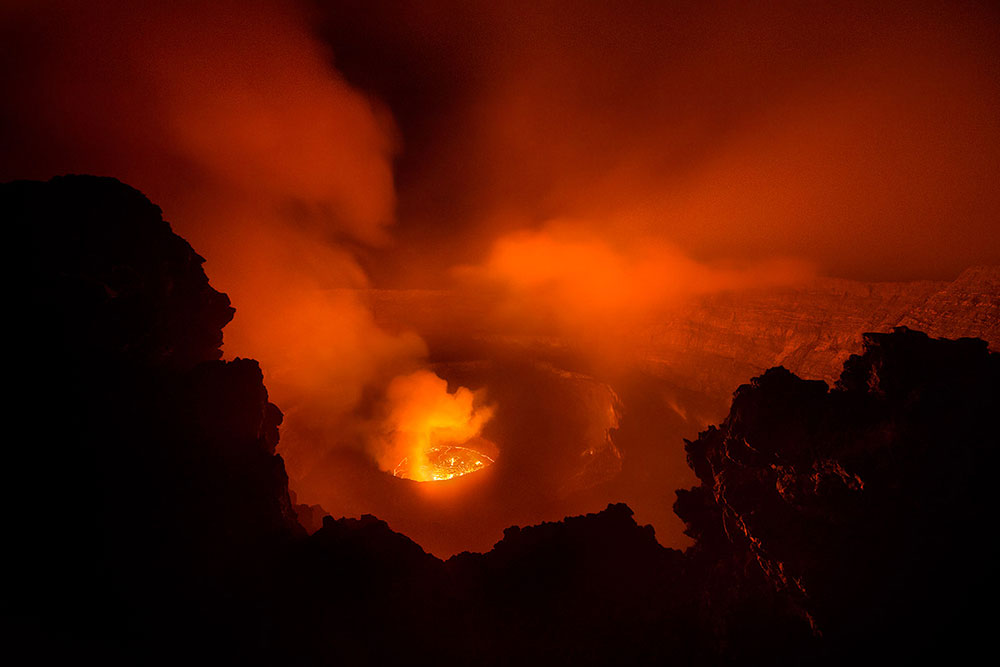
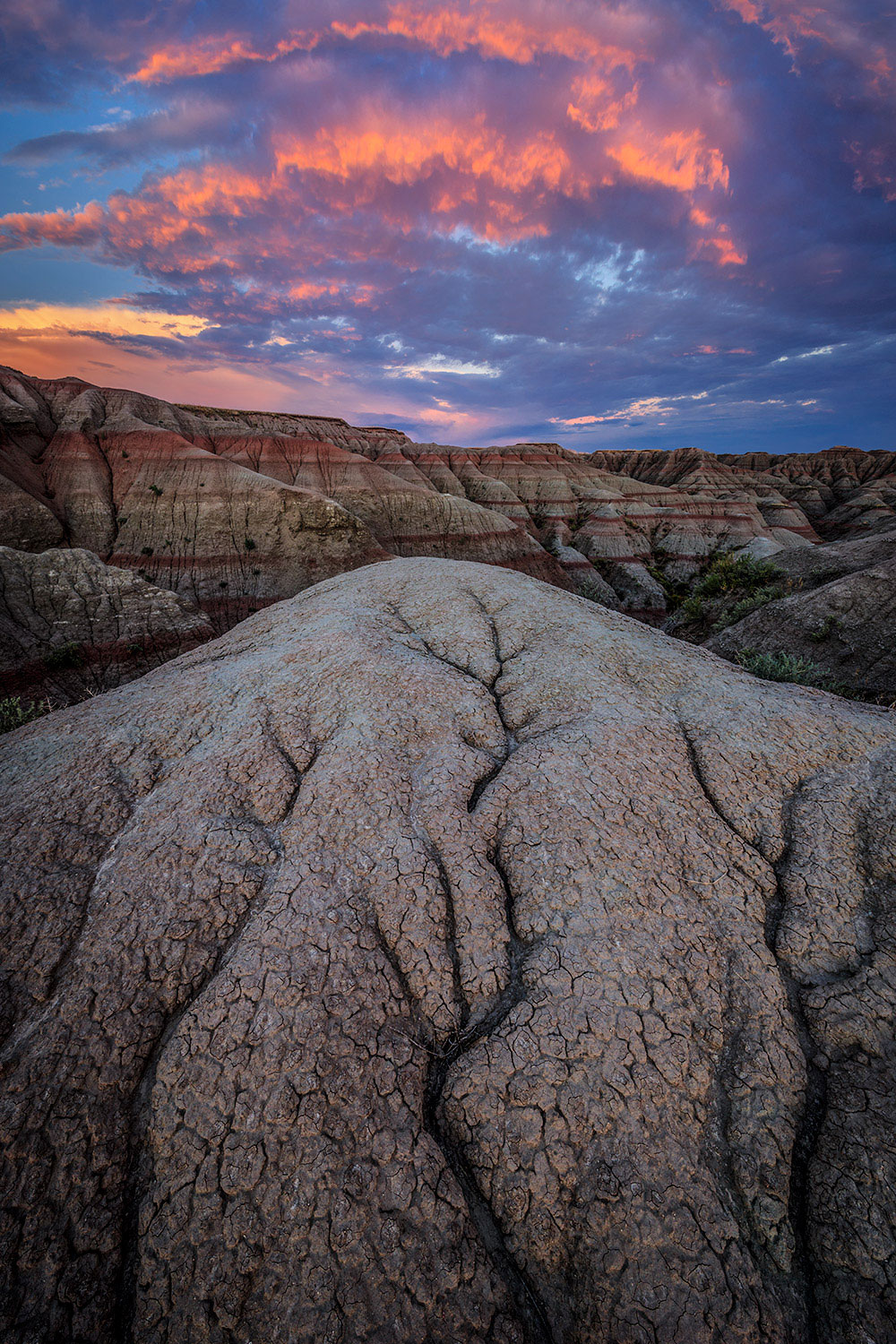




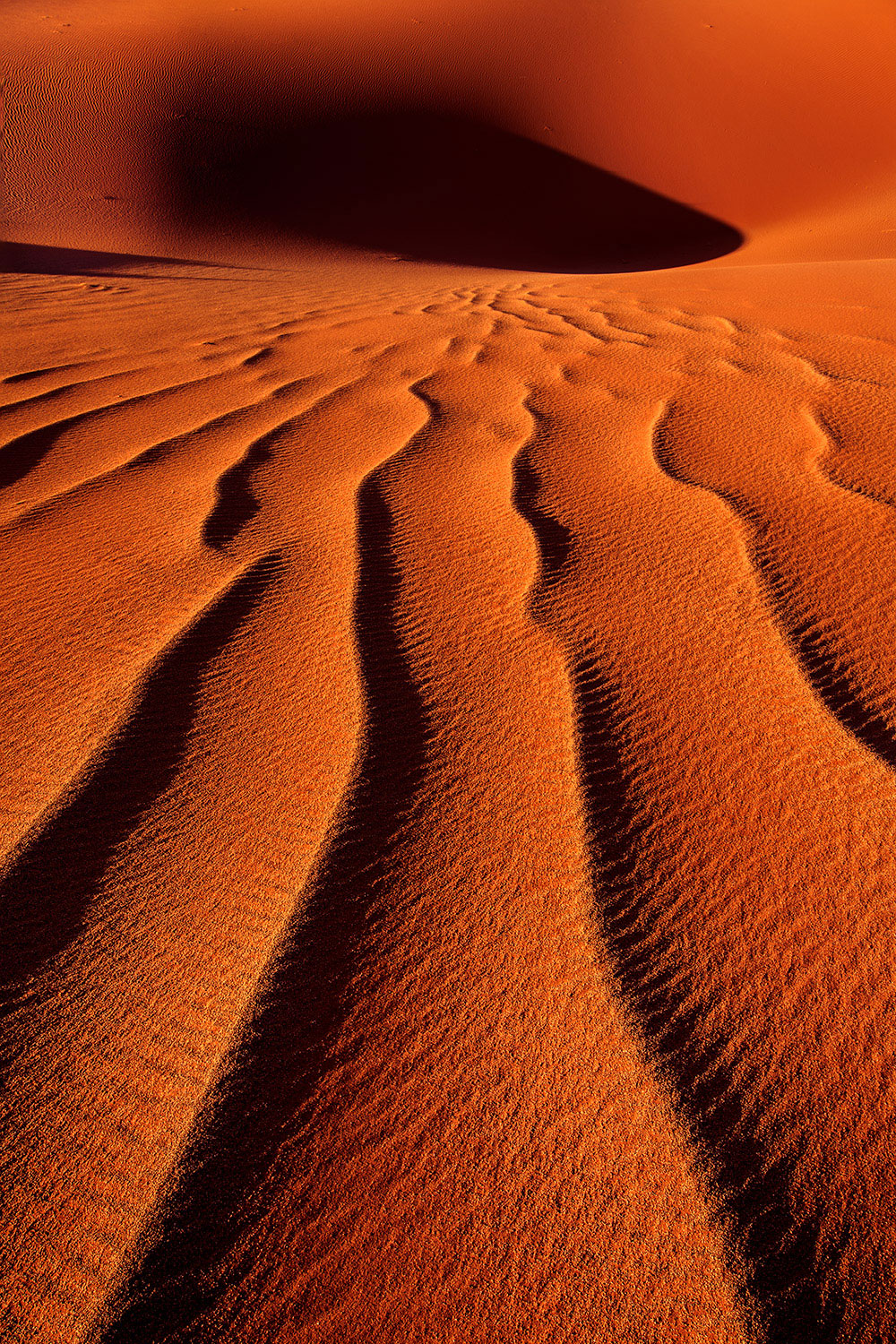
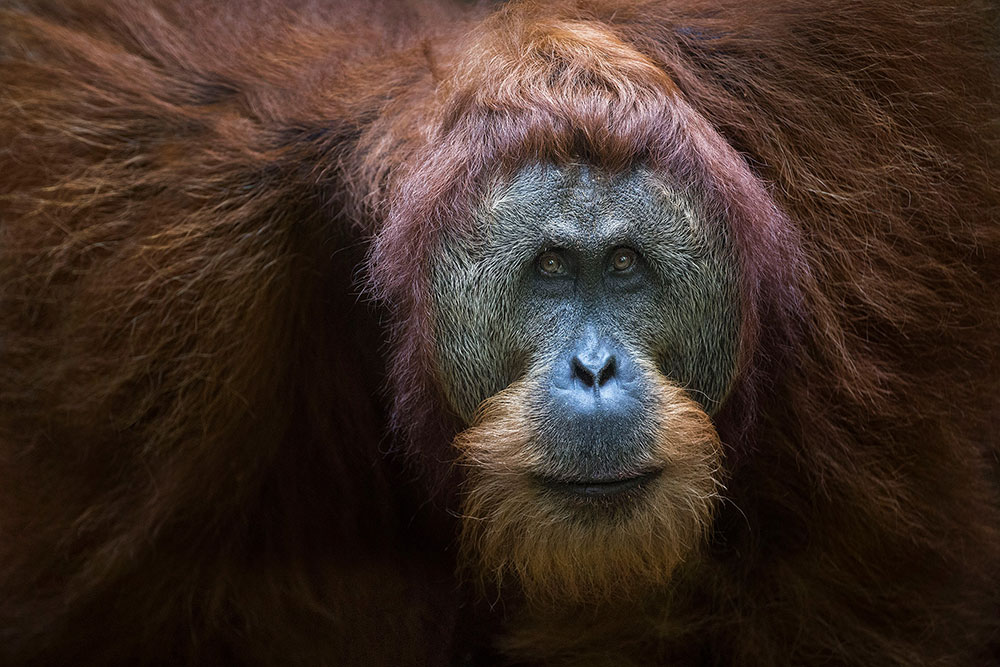
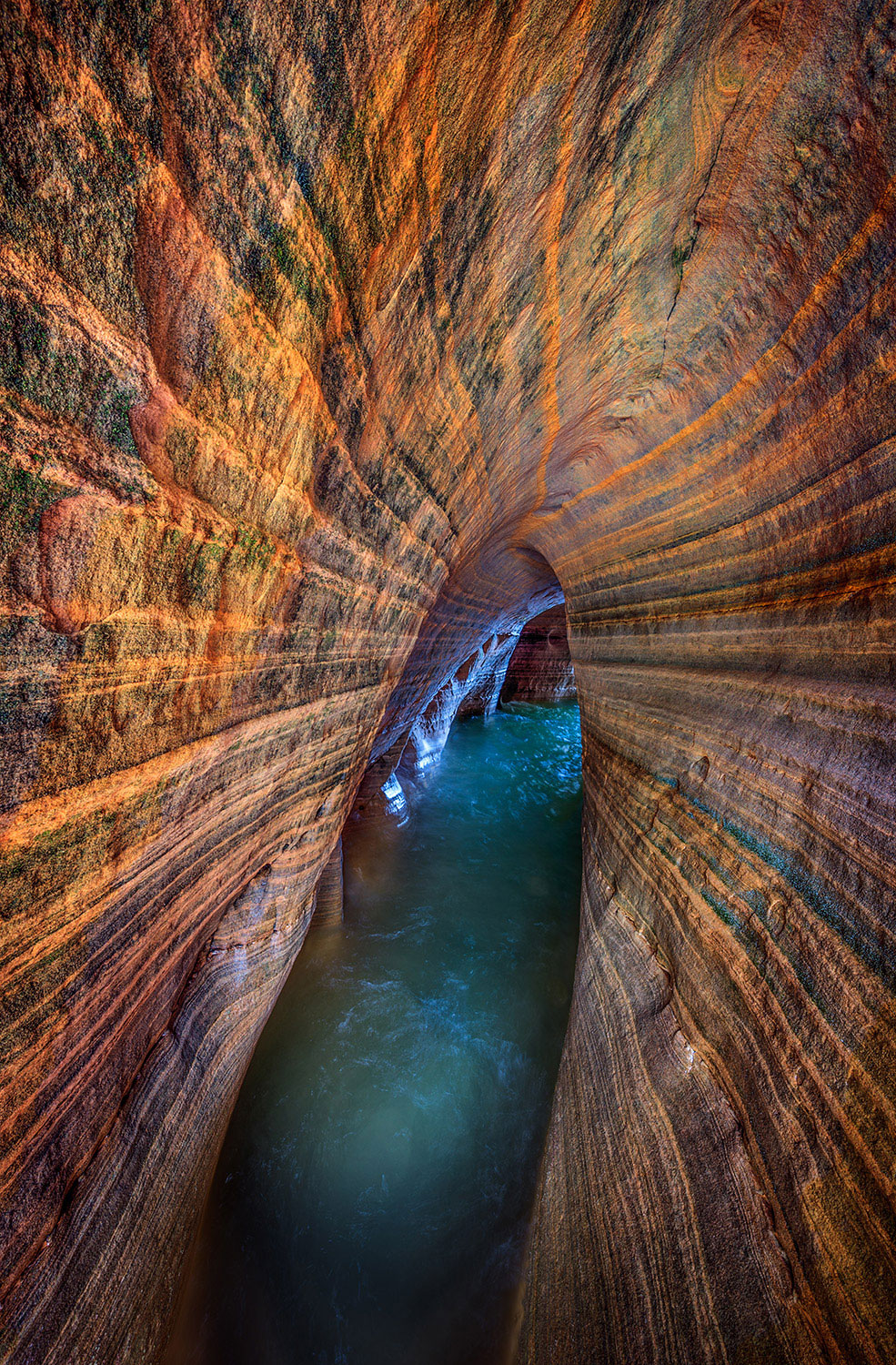
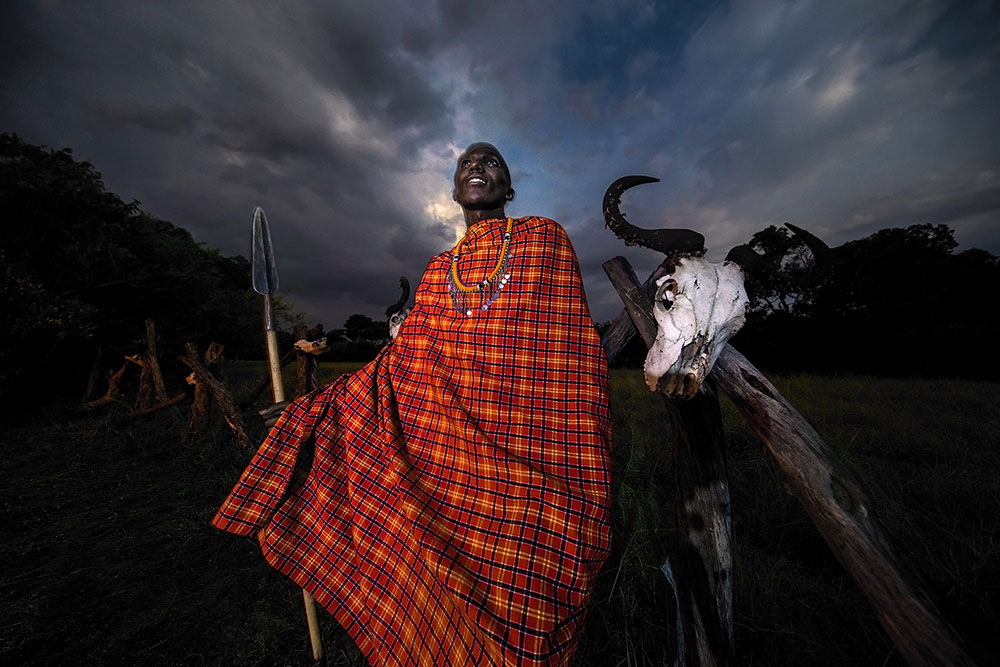
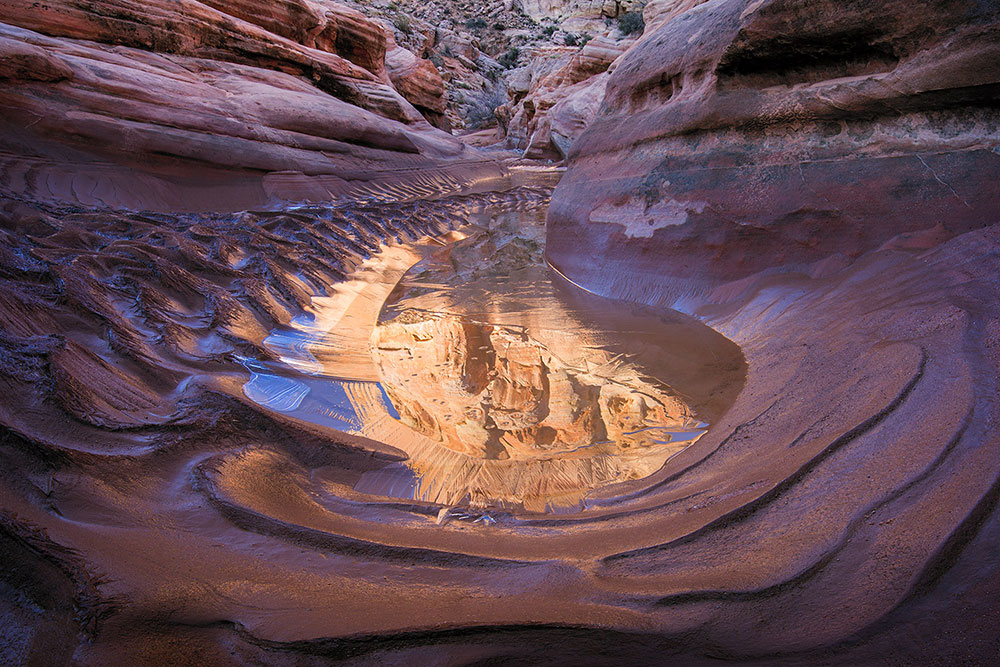
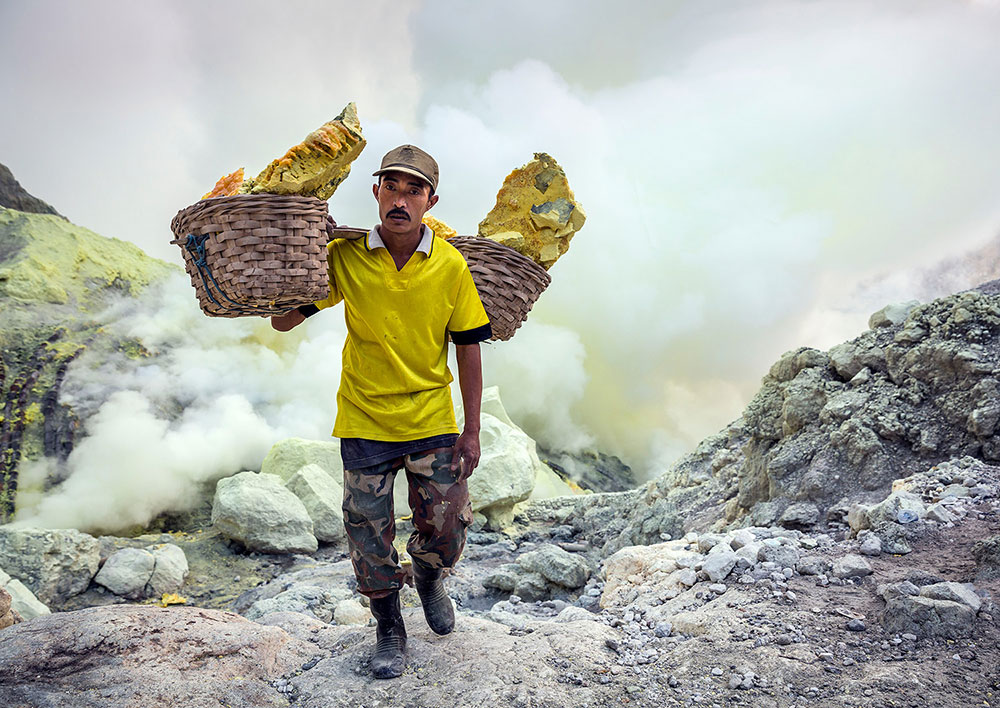




Hi Ian. This is the first opportunity for me to comment on your amazing work. Thanks for detailing settings on camera and flashes with the photos you posted. That allone is an inspiration for me as budding photographer. Your choice of the best of 2016 is outstanding. Thank you so very much for making this availible to the likes of me. You are an inspiration and I wish you everything of the best for 2017 and may the photos keep comming in. Thank you once again Awie
Another awesome set of annual top shots. Each shot has a wow factor that keeps you looking into the photo for more. And of course technical execution is superb. Look forward to more of Ian's stuff in 2017. He rarely produces a simple'good image'. He pushes the boundary of photographic innovation and excellence. Cheers